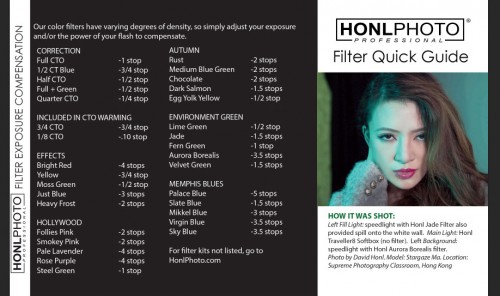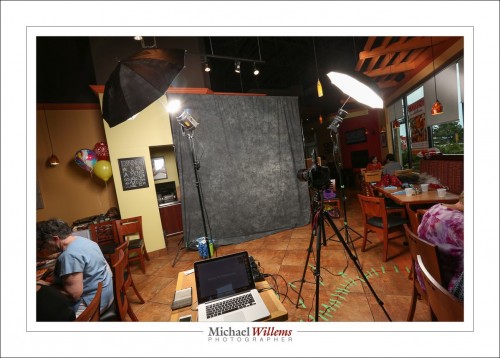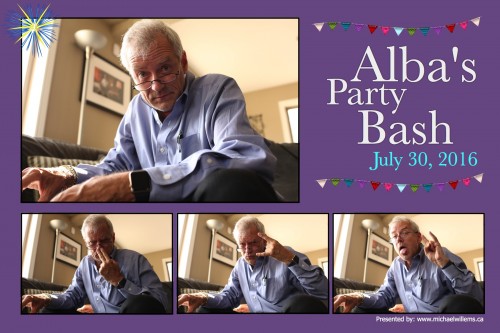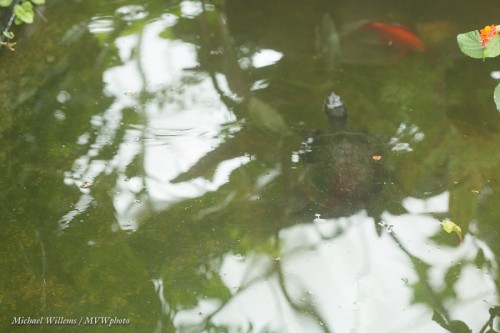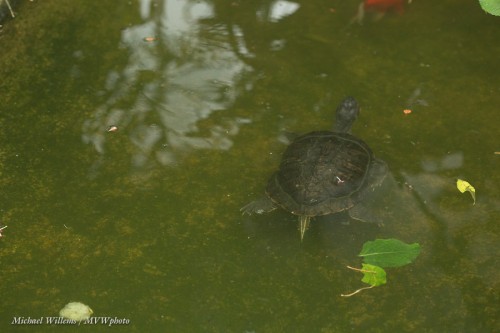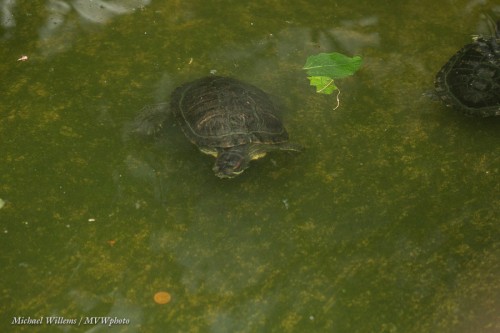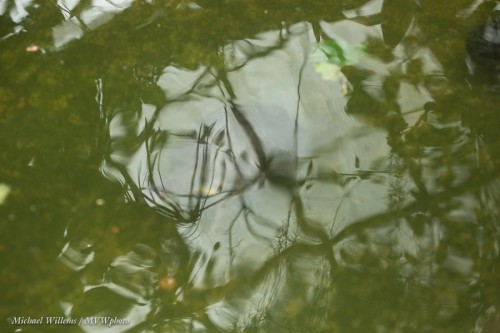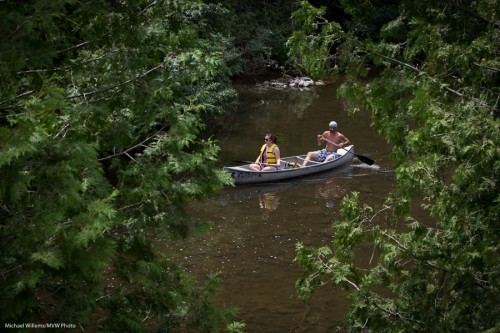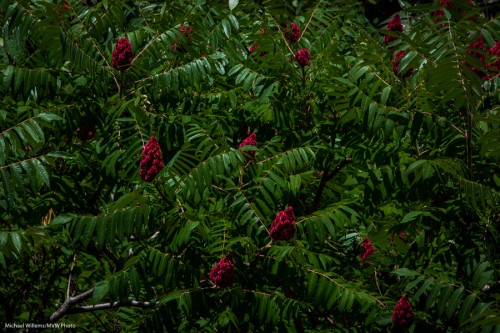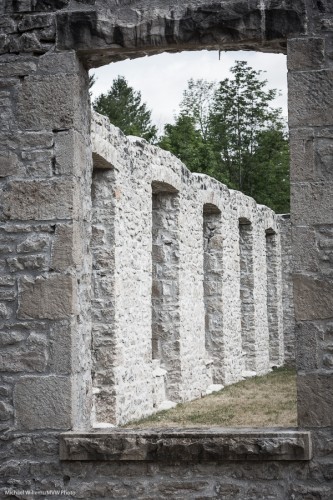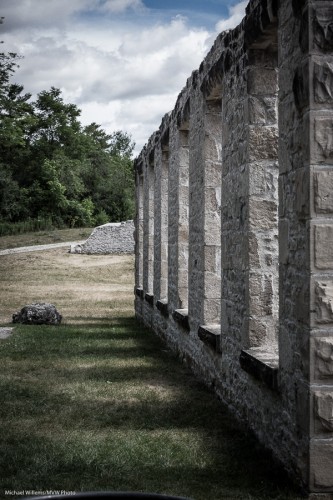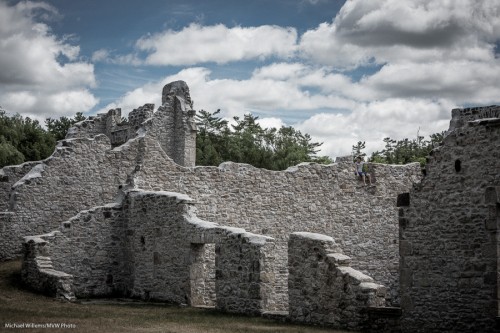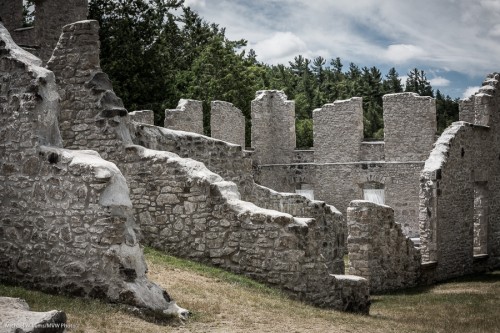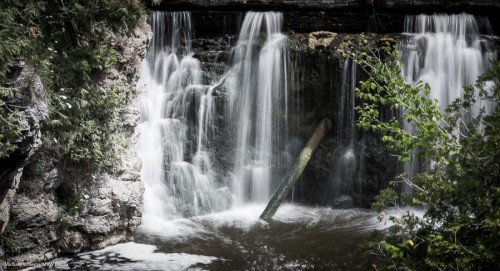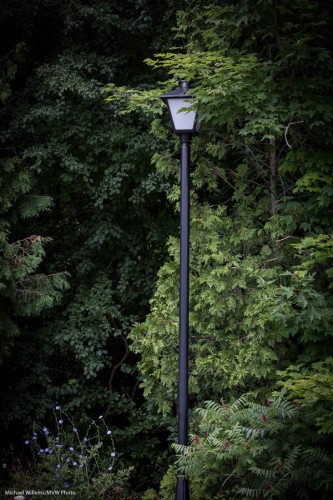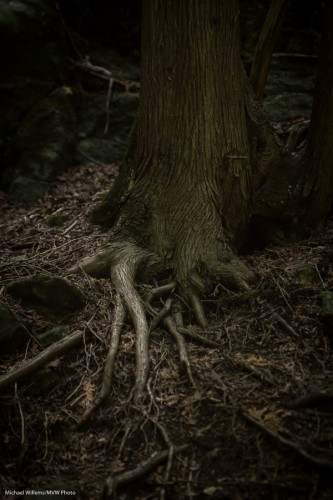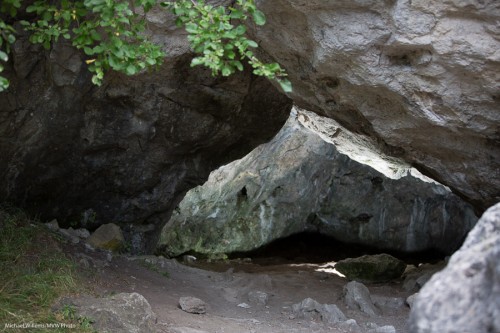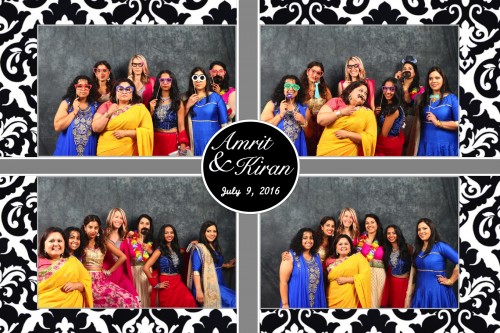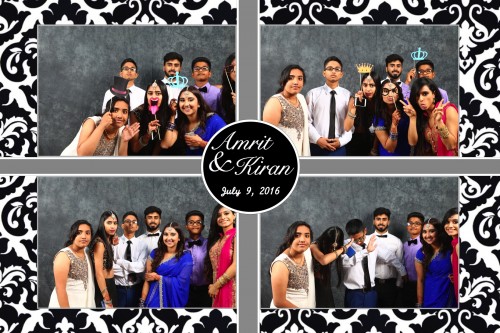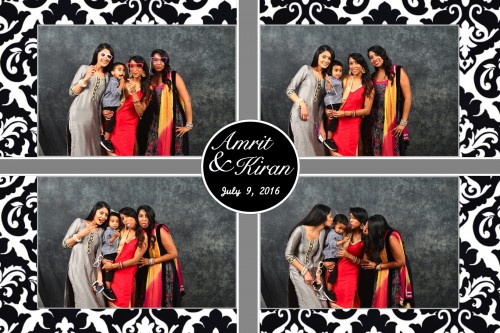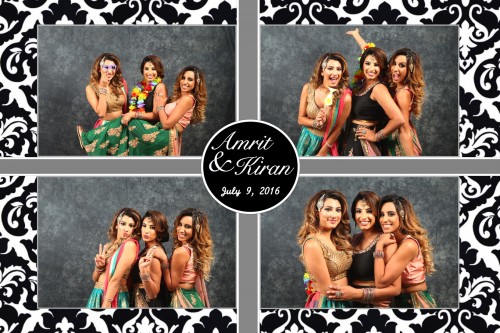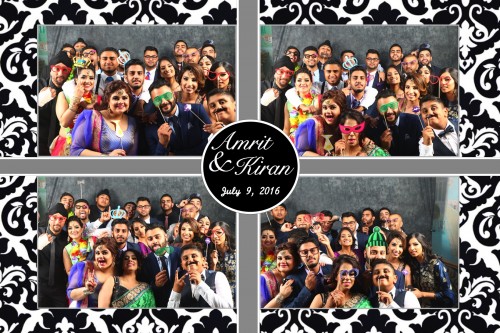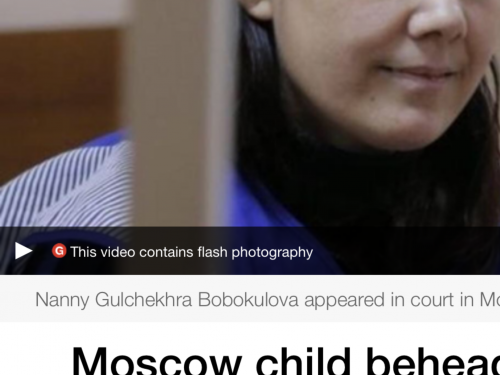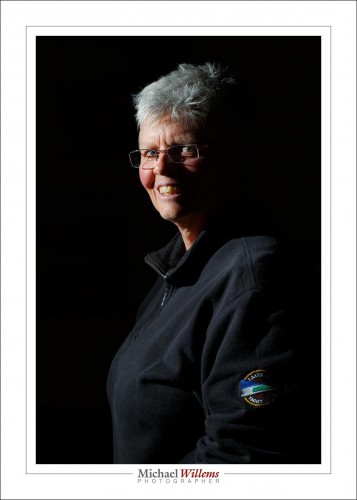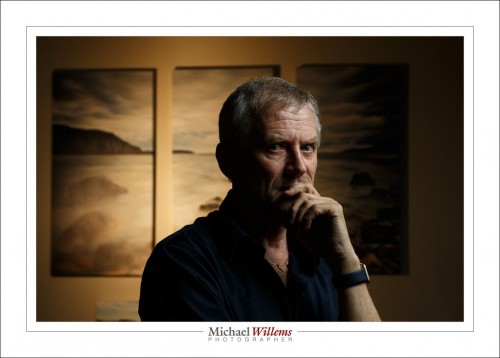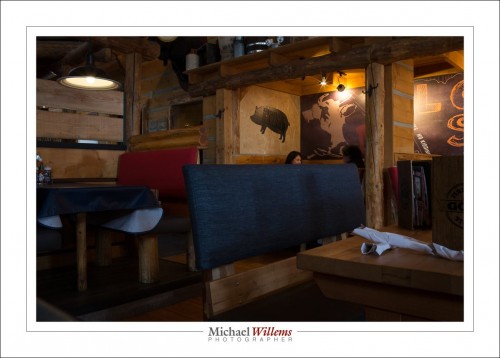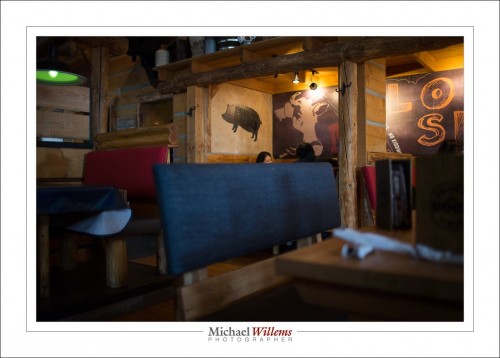David Honl, whose modifiers as you know I use, and love, just posted a helpful post on his blog. I will show you Part of it right here, namely the corrections you need to make to your flash when using a gel:
Those are useful Numbers, these will save you a lot of effort when you’re using the gels yourself. Which as you know I’m a big advocate of. This will save you a lot of effort when you’re using the gels yourself. Which as you know I’m a big advocate of.
There is one thing I want to point out in addition to this though. Namely:
To turn a background into colorful, it first has to be dark.
It does not matter if the background is in reality gray, light gray, white, or even black; what is important is that to the camera ot has to look almost black. Then, and only then, can you add your gelled flashes. Then, and only then, can you add your gelled flashes.
If you do not do this, and if the background is, say, white, then adding color will add nothing except perhaps a slight tint LIgor is not like paint: you cannot cover a color by putting another color on top.
For many people this is the biggest revelation when they start using color gels… So now you know. I just saved you a bunch of time. As did Dave with his table.
To buy, click on the advertising link on the right, and when checking out use code word “Willems” for an additional 10% discount. You’re welcome.

